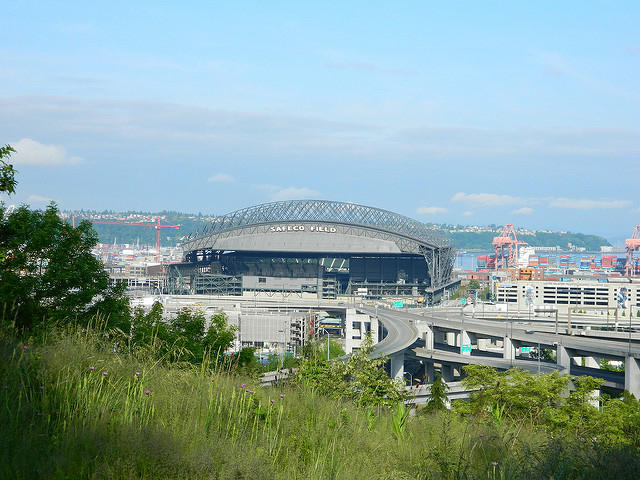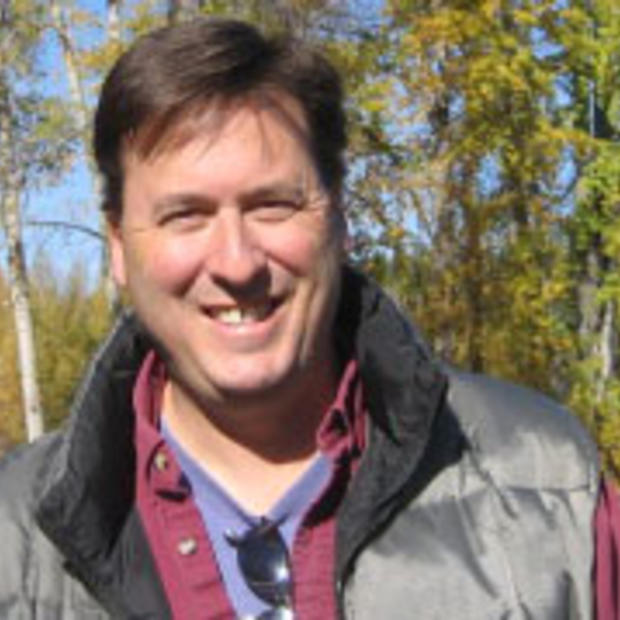For the past 20 years, the area at the base of Beacon Hill known as “The Jungle” has been a haven for homeless encampments, drug dealing and crime. These illegal activities have been a constant source of frustration and concern for the community and for the police. The recent shootings in The Jungle have brought fresh attention to the area, to the problems of homelessness and questions about whether we can improve conditions for everyone.
Seattle residents can be forgiven for thinking that this is somehow new or even that not much has been done about the problem. But like homelessness and its many causes, The Jungle has been managed in the past — at times better than others — but will likely always be a challenge.
As is always the case with public safety, prior efforts need to be understood and sustained in order to protect the people who frequent the area, and those who live adjacent to it and have to deal with the consequences when things get out of hand. It is somewhat similar to the problems we’re seeing elsewhere with RVs and drugs and crime. Management of these issues is an ongoing concern.
It’s hard to know for sure how many people in the current administration are familiar with a program put in place to manage The Jungle in 2003. It appears as if the Murray administration has not had the same level of focus on the Jungle, much of which lies under and along I-5, that was brought to bear then by the Nickels administration, in which I served. Recent photos of encampments in the Jungle show well developed structures and a vast expanse of personal belongings and trash. These types of longstanding, entrenched encampments would simply never have been permitted under the procedures put in place by Mayor Nickels.
So what can be learned from past efforts and how can succeeding administrations maintain consistency and focus on these problems?
My involvement with The Jungle goes back to 2003 when I was working as the manager of the city's Neighborhood Action Team Seattle — with the unfortunate acronym of NATS. Yes, it sometimes felt that I was a swarm of inconvenience on city departments getting employees to work outside of their designated roles to solve chronic neighborhood public safety problems. These were invariably the kinds of problems nobody wanted to deal with. So getting volunteers was always a challenge. But that’s what I did. And nothing defined those challenges more than the challenges we faced in The Jungle.
So why The Jungle? In the summer of 2003, Mayor Greg Nickels’ office and the police department began getting inundated with complaints from Beacon Hill about burglaries, assaults and prostitution. Nobody at city hall really knew why the spike was happening — but the neighbors did. Much like neighbors in Queen Anne, Magnolia, and Ballard, they knew where the crime was coming from. And they were scared and angry.
To Greg Nickels’ credit, he didn’t try to discredit the neighbors' issues, accuse them of being NIMBYs, or say they were uncaring about the homeless. He dispatched me and department leaders to address the problems they were facing.
The first move of the team was to convene a neighborhood meeting with the various city departments that had ownership or patrol responsibilities in the greenbelt. This included police, parks, human services, transportation and public utilities departments. The police brought crime data to the meeting and the neighbors described the various activities they were witnessing.
After the meeting, I prepared a matrix of actions that the city would take to move the project forward. Additional meetings were held with the Washington State Department of Transportation, which owned most of the greenbelt next to the highway. Also, the state and county departments of corrections got engaged to track people under supervision who were known to inhabit the greenbelt.
What developed next were two working groups: a city, county, and state group that worked on technical responses to the neighborhood’s concerns; and a neighborhood group that was advised on actions being taken and worked to hold government accountable for commitments. Those commitments, or action list, were developed through consultation with all the actors.
The next step was to inform the larger community about what was taking place. I contacted media outlets about the actions, including the Seattle Times, Seattle Post-Intelligencer and Real Change. A tour of the area was conducted where reporters could ask questions of the people living there and get a better understanding of what the city was trying to accomplish. This is an essential step, because media coverage can quickly sink a controversial project and shift the politics against taking action.
The final step was to engage those living in the area by informing them of services available to them and letting them know that they would have to leave the area. The notifications largely went to homeless people in need of services. The criminal element that had been using the area as a way to launch their illegal activities would be gone whenever we would enter the area, only to come back later when the coast was clear.
That situation changed however, when WSDOT agreed to build a gravel road through the greenbelt so police cruisers could more easily patrol the area. WSDOT was able to use construction training funds to build the road. The city also removed brush and blackberry bushes that blocked sight lines from the neighborhood into the area, creating natural surveillance. Other activities included extending a dog off-leash area into the greenbelt, creating more community activation of the area.
The city then removed over 10 tons of material from the area and served warrants on a number of people wanted for a variety of crimes, from gang-related drug and prostitution offenses to burglaries and vandalism.
The city made a commitment to clean out the greenbelt at least twice annually and to continue to patrol the area. The crime rate was greatly reduced and neighbors began to go into the area with work parties to remove invasive ivy and blackberry bushes.
After my time with the Nickels’ administration, a written policy was developed for addressing homeless encampments. That policy was developed in conjunction with the police, community members and advocates for the homeless. The policy defined an encampment (three or more tents, shelters or structures), provided three days’ notice before the campers were evicted, offered shelter and other services to those in the encampment and provided a mechanism for the storage and retrieval of personal items removed from the encampment. The City developed the Seattle Encampment Response and Information System (SERIS) in order to track complaints about an encampment and manage the City’s response under the policy — including holding the city accountable for adhering to its own policies and procedures.
That system is still in place today.
The Jungle is a special situation, however, because encampments there are hidden in the greenbelt and underneath I-5. Rather than waiting for complaints to be made, the City and State must put the Jungle on a regular maintenance and patrol schedule. What cannot be allowed is for the situation to grow out of control again and result in the kind of violence we saw there last week.
Can this effort be revived and then sustained going into the future? It must, or more people will get hurt. I remember one woman I spoke to in one of our tours who said the people living there were like a large family. The next day a man attacked her with a machete. She was OK but continued to struggle with her addictions. It is extremely sad that conditions like this exist in our society and it will take a rebuilding of our safety net at all levels of government to reduce the suffering.
We can work to hasten the day when we achieve a more just society, but we cannot allow for criminal enterprises to go unchecked in the interim. Mayor Murray appears to be moving in this direction and demanding that the $50 million the city spent in 2015, is being used effectively. It will be a tough road politically and will depend upon involving neighbors in the solution as well as all levels of government and non-profits. It’s tempting to think there is a simple fix for these kinds of challenges, but the truth is, sometimes just managing them — and hopefully managing them well — is the best you can hope for.



